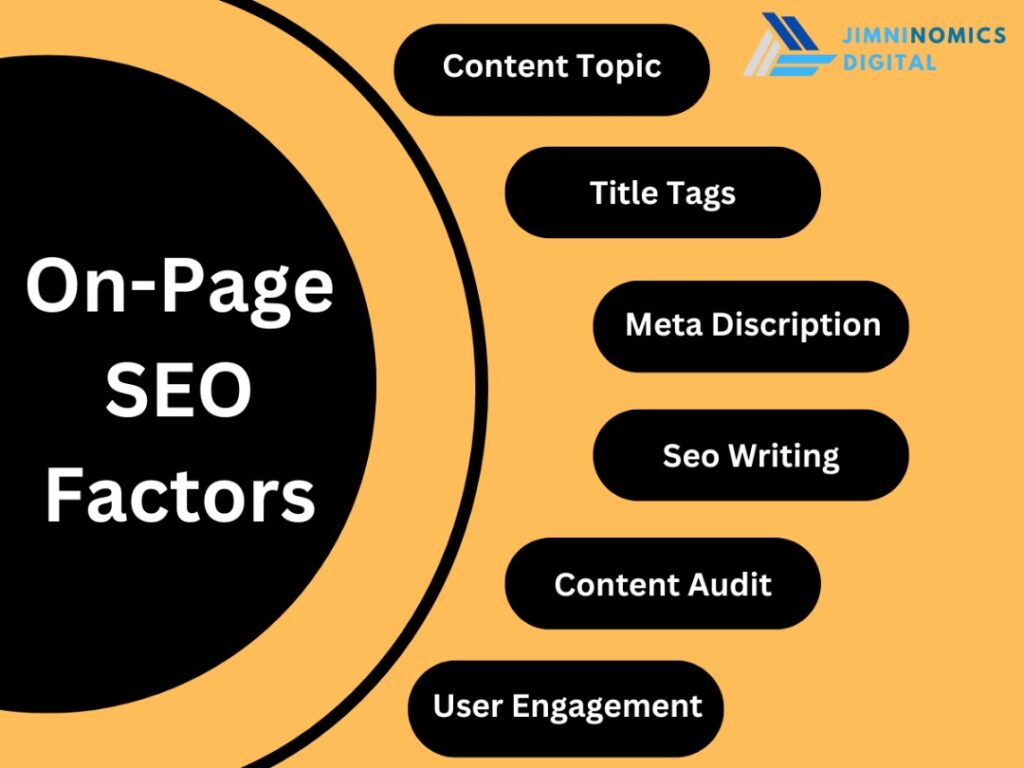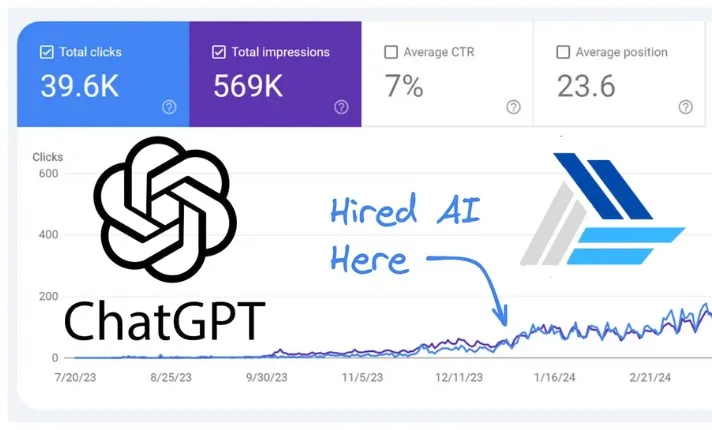What is Base64 Encoding?
Base64 encoding is a method of representing binary data using an ASCII string format. It’s designed to ensure that any type of data, such as images, documents, or multimedia files, can be transferred through text-based channels like emails and web applications. Since binary data is not always readable by these systems, Base64 encodes the data into a format that ensures smooth and reliable transmission. Once the encoded data reaches its destination, it can be decoded back into its original form.
Why Use Base64 Encoding?
In the digital world, data must often travel between different systems, which might not handle binary formats efficiently. Base64 encoding solves this problem by converting binary data (made up of 0s and 1s) into text characters, ensuring that the data can pass through various communication channels without being altered or corrupted. This is especially useful for transmitting files like images, audio, or other complex data through systems that primarily handle text.
How Base64 Encoding Works
Base64 encoding works by breaking down binary data into chunks of 6 bits. Each 6-bit group is then mapped to a specific ASCII character from a set of 64 possible characters. These characters include:
- 10 numeric values (0-9)
- 26 uppercase alphabets (A-Z)
- 26 lowercase alphabets (a-z)
- Two special characters (+ and /)
This approach makes the data human-readable and easily transportable across platforms. However, it's essential to decode the Base64 encoded string back into its original form when received at the destination to restore its functionality.
The Importance of Data Transmission and Communication Channels
Data is transmitted through communication channels like the internet, APIs, and messaging systems. These channels handle data in various forms, but often text-based channels need help dealing with binary data, which consists of raw, unstructured information like images or audio files. Base64 encoding is designed to overcome these limitations by converting binary data into a simple text string that can be sent over these channels.
For example, if you were to send an image file over an email, the binary data would need to be encoded into Base64 to ensure the data reaches the recipient without getting corrupted. After the recipient receives the Base64 encoded string, they can decode it to retrieve the original image.
Understanding BLOB and CLOB Data Formats
Binary Large Object (BLOB) and Character Large Object (CLOB) are two common types of data formats transmitted over networks. BLOB refers to binary data, such as images, audio, or video files. CLOB, on the other hand, represents large blocks of text, such as XML or plain text documents.
When these large objects are transferred over a network, they are broken into smaller chunks called packets. Each packet contains binary data, which is then encoded into Base64 to ensure that it can pass through the communication channel successfully. Once the data reaches its destination, it is reassembled and decoded back into its original format.
Why Use Base64 Over Other Encoding Methods?
Base64 is known as a radix-64 representation, meaning it uses only 64 characters to encode data. This makes it both efficient and reliable for transferring data over text-based systems. While other encoding methods like base65 or base78 could theoretically be used, Base64 has become the standard because of its simplicity and broad compatibility across various systems.
Additionally, Base64 encoding ensures that even complex binary data is compatible with text-based protocols such as HTTP, SMTP, and MIME, making it a popular choice for transmitting email attachments, embedding images in HTML, and encoding data in JSON or XML formats.
How Jimni Nomics' Base64 to Text Converter Works
Using the Jimni Nomics Base64 to Text Converter is easy and efficient. Simply paste your Base64 encoded data into the tool, and it will quickly decode it into readable text. This tool also supports file uploads, allowing you to convert large Base64 files into text format in just a few clicks. Our converter works seamlessly on any device and browser, making it accessible for all your data conversion needs.
Whether you’re working with website data, email attachments, or file transfers, Jimni Nomics provides a reliable Base64 to Text Converter that ensures your data remains intact during transmission.


 By: Jimni Nomics
By: Jimni Nomics
